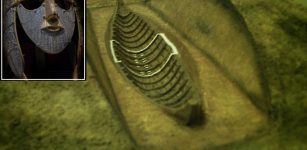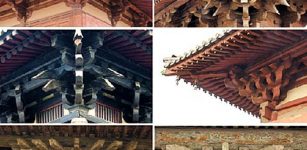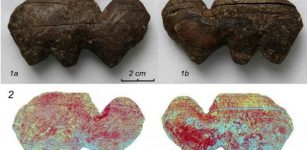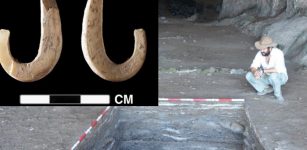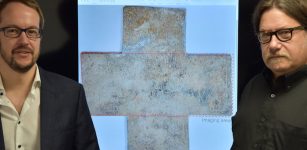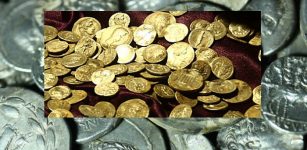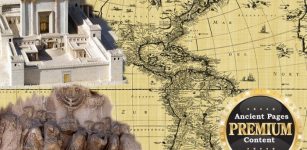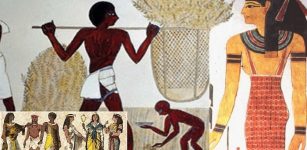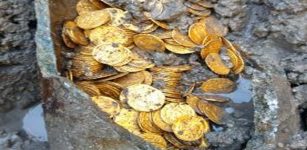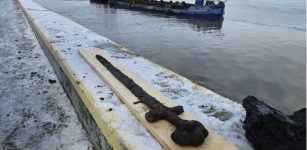Selinunte: Latest Excavations Bring To Light A New Small Temple – What Ritualistic Practices Will Be Revealed One Day?
Conny Waters - AncientPages.com - Recent archaeological excavations conducted at the Archaeological Park of Selinunte have yielded significant findings.
Thanks to the latest field works, archaeologists found new buildings (previously undiscovered structures) in the sacred area and identified a structure that currently seems to be a small temple positioned behind Temple C.
Background: Temple E (Selinunte): Image credit: - CC BY 3.0: //Selinunte, Sicily. Remains of temple F (foreground), temple E (left), temple C (background) - Image credit: pjt56 - CC BY-SA 3.0
The unearthing of this structure has provided invaluable insights into the architectural and religious practices of the ancient civilization that inhabited this site.
According to Francesco Paolo Scarpinato, the Councilor for Cultural Heritage and Sicilian Identity, this discovery is ‘of significant historical and cultural value.’
He also expressed anticipation for the autumn, when activities will resume and clearer details on the extent of the find will be revealed.
For over a decade, archaeologists from NYU and the University of Milan have excavated Selinunte, studying urban sanctuaries within the Acropolis' peribolus wall and uncovering settlements and artifacts.
Selinunte site where a new temple was unerthed. Image credit: Archaeological Park of Selinunte, Cave di Cusa and Pantelleria
Not long ago, archaeological diggings near Selinunte, Sicily, revealed ancient unfinished marble lion's head, so-called sima, i.e. the top end of the roof, behind which the rainwater collected and was then drained off.
Recent findings in their latest campaign could potentially redefine the area's perimeter if confirmed. The archaeological explorations encompass multiple areas of the extensive urban sanctuary situated on the acropolis. The site was once one of the most significant cult sites in the Greek world during the Archaic and Classical periods.
The researchers definitively identified the monumental north-western entrance to the sanctuary. The excavations also revealed a chamber containing a circular well, various artifacts, coins, and a gold ornament. Furthermore, a structure has been uncovered that appears to lead to a previously unknown small temple, modest in size and lacking columns.
Selinus (now Selinunte) was an ancient Greek city on the coast of southwestern Sicily. It was founded in the 650s f.Kr. and was abandoned about 250 f.Kr. Image source: Archaeological Park of Selinunte, Cave di Cusa and Pantelleria
This year's research has yielded significant findings regarding the ritualistic practices associated with the construction of Temple R. The evidence suggests that prior to the temple's erection, the surrounding structures were systematically demolished to their foundations.
Subsequently, a series of rituals were conducted, ostensibly to "purify" the area.
Of particular note is the discovery of an iron spearhead (machaira) that had been ritually "decommissioned." This process involved the removal of both the point and the blade's edge, symbolically neutralizing the weapon's offensive capabilities. This artifact provides valuable insight into the people’s ceremonial practices and beliefs of the period.
All the finds discovered thanks to the archaeologists' efforts at the site of Selinunte will one day deliver final and valuable conclusions about the city's port zone, trade, workshops, contacts, and the technical skills of the ancient inhabitants of this Greek settlement.
Written by Conny Waters - AncientPages.com Staff Writer





